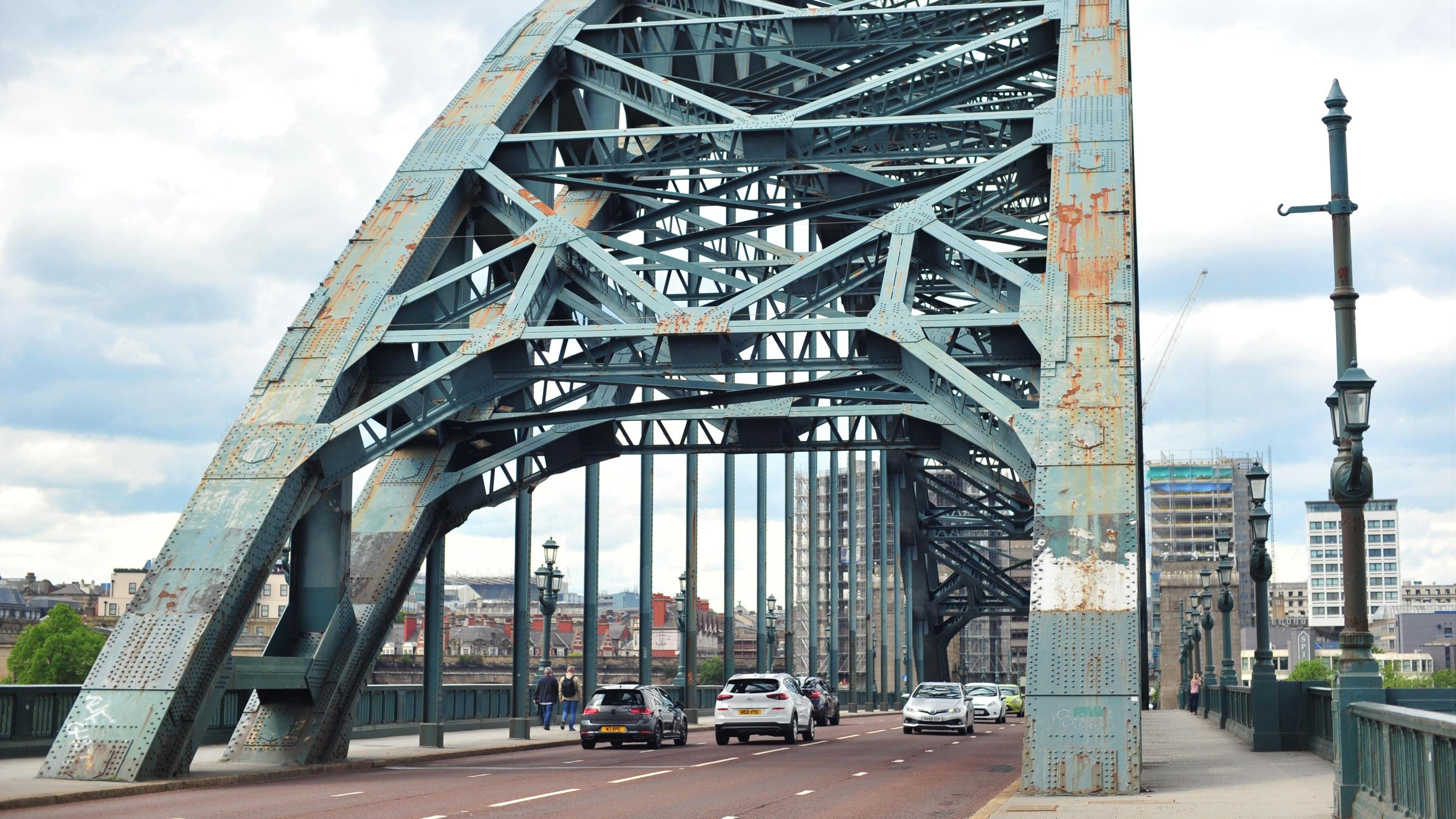Tyne Bridge repairs: All you need to know
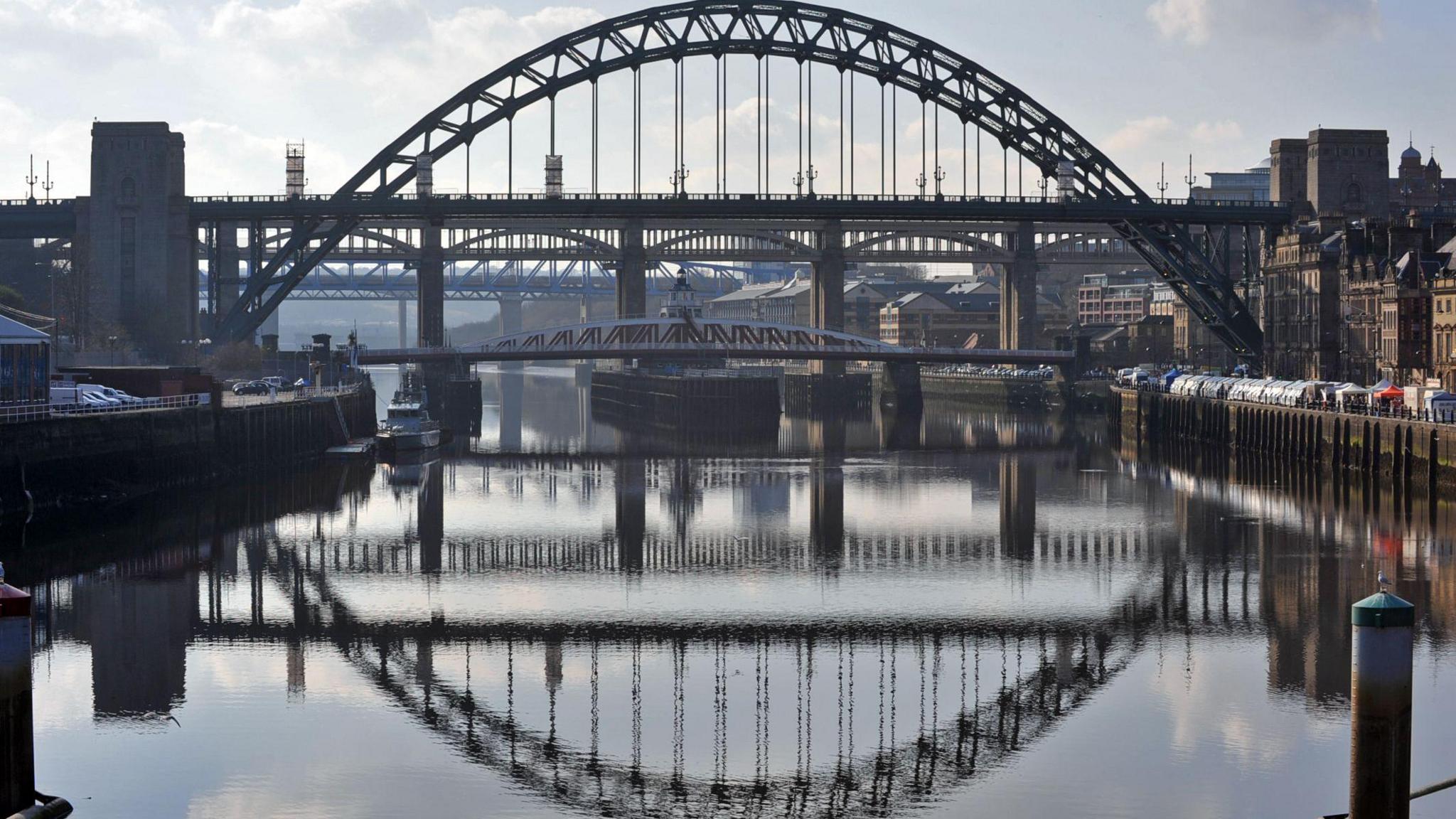
The Tyne Bridge links Newcastle and Gateshead
- Published
The iconic Tyne Bridge is getting a much-needed facelift ahead of its centenary in 2028. While the upgrade is long-overdue, it is expected to bring "significant" disruption for four years due to road closures, as the world-famous landmark is restored to its former glory.
The story of the bridge
The Tyne Bridge was officially opened on 10 October 1928 by King George V, who was first to cross it with Queen Mary on the state landau horse-drawn carriage.
Designed by engineering firm Mott, Hay and Anderson, it was built by Dorman Long and Co. of Middlesbrough who went on to build the Sydney Harbour Bridge.
At the time of its construction it was the world’s longest span bridge, and nowadays up to 70,000 vehicles use it each day.
While arguably the most famous, it is one of seven bridges crossing the River Tyne between Newcastle and Gateshead within less than one mile (1.6km).

King George V crossing the Tyne Bridge on 10 October 1928
Why are the repairs needed?
The bridge is almost 100 years old, and was last upgraded more than two decades ago, external.
Inspection work in summer 2022 found steel work had corroded due to peeling paintwork, damaged deck joints, leaking drains and damage to the road surface and pavements.
To do the work, one lane in each direction has been closed for a minimum of two years.
The restoration will involve more than 900 repairs, according to the developers leading the project.
How long will the Tyne Bridge works last?
It is estimated the restoration project will take about four years to complete, finishing in summer 2028, ahead of the bridge’s centenary that October.
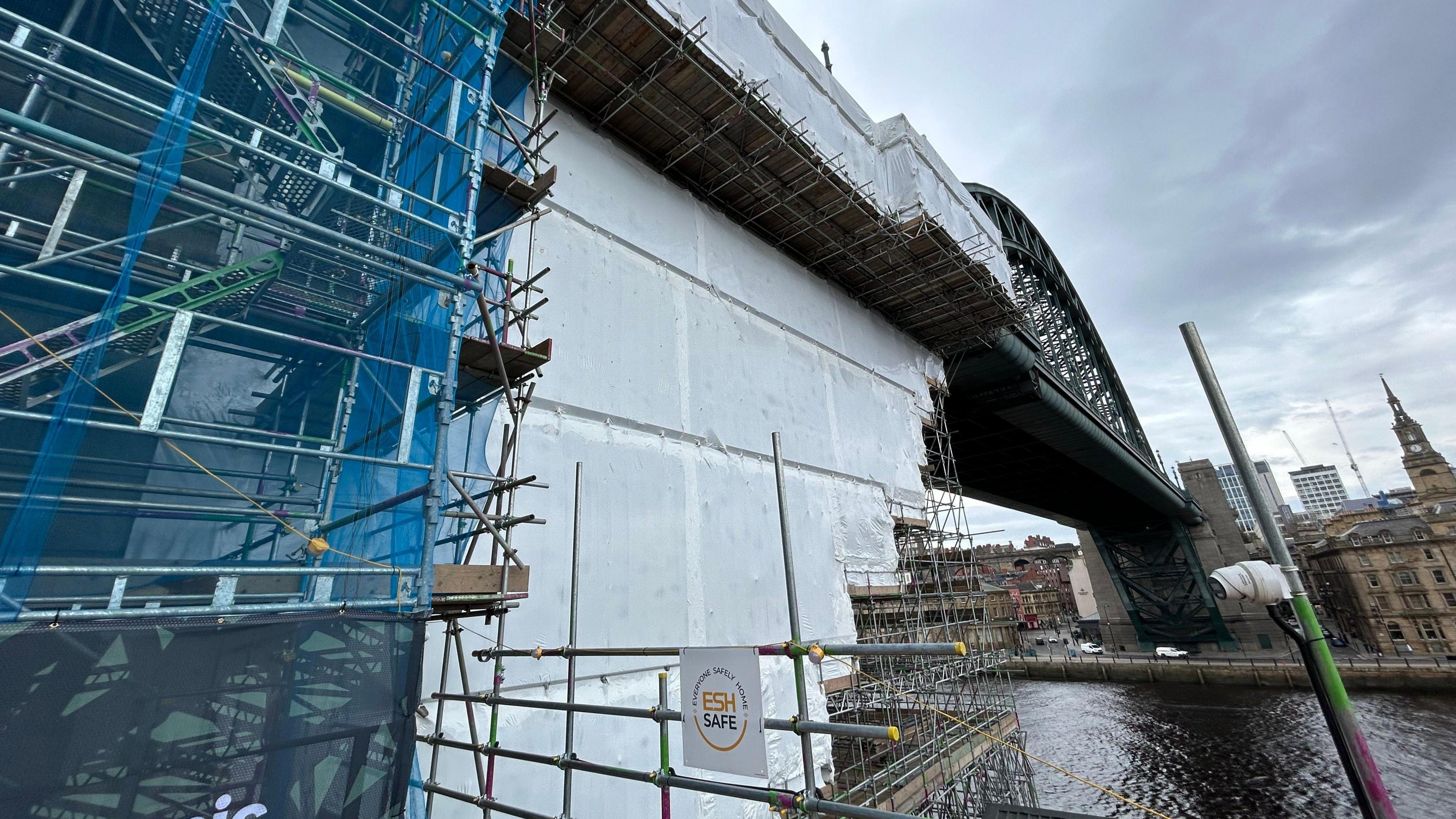
Scaffolding has been put up ahead of the restoration
On Thursday 4 April, one lane in each direction was closed to protect the workforce while works got under way.
According to current plans, the lanes will be closed for two years with further temporary and overnight closures scheduled for the remaining 24 months.
How long will it take to drive over the bridge?
Drivers have been warned of delays of up to 40 minutes at peak travel times.
Heavy congestion is expected on all approaches to the Tyne Bridge on both sides.
People have been advised to plan ahead, allow more time for their journey and expect delays.
Access will remain for pedestrians and cyclists.
How do I get to Newcastle and Gateshead?
People are being advised to use buses, trains or the Tyne and Wear Metro.
Drivers have been urged to consider park and ride sites, external, which can sometimes get people into the centres quicker.
We are also being encouraged to consider travelling at a quieter time of day, external than usual.
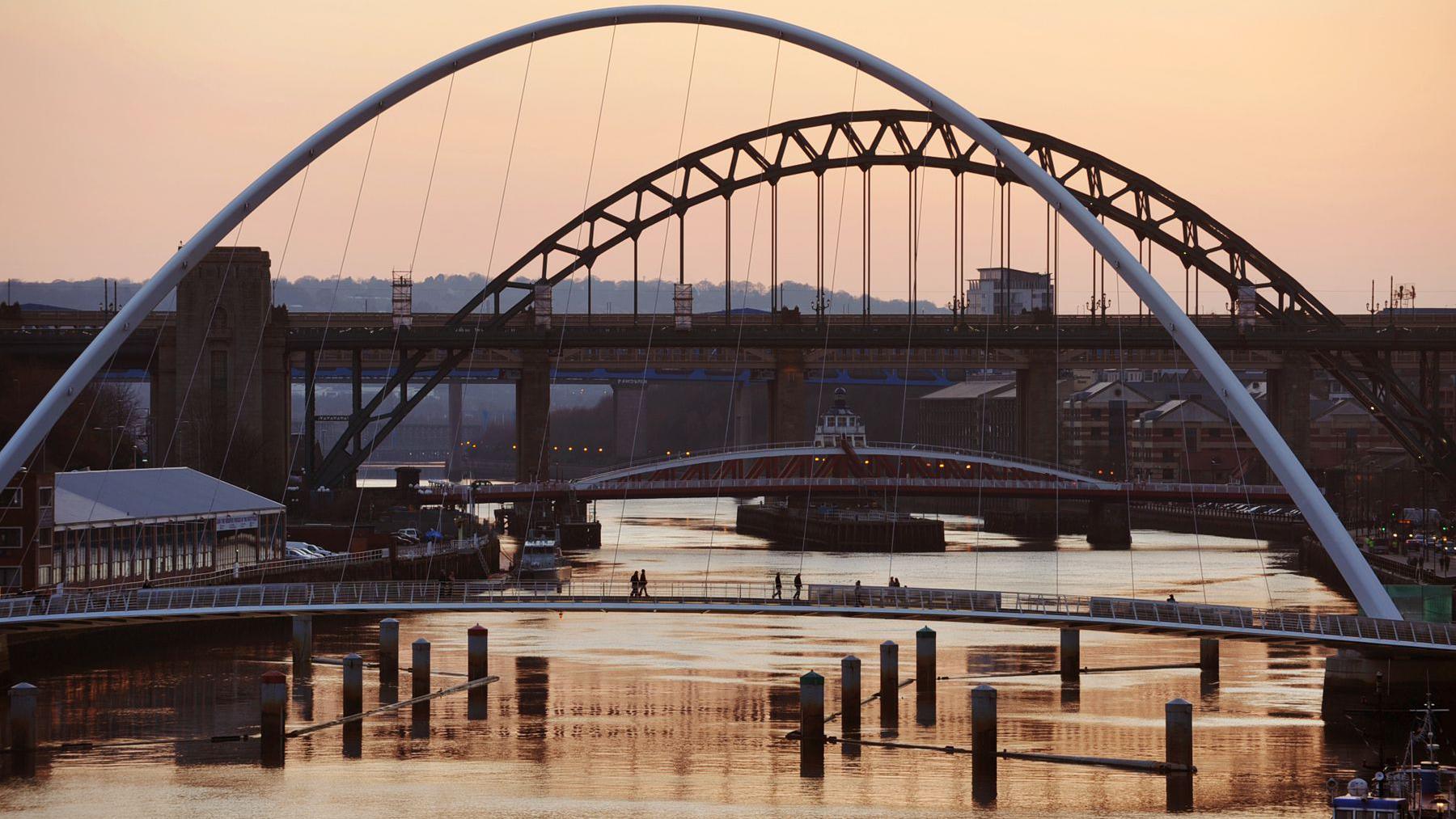
The Gateshead Millennium Bridge is the newest bridge across the Newcastle and Gateshead quayside
The Tyne Bridge will largely stay open with lane restrictions throughout the works, but people are being advised to find alternative routes.
Walking and cycling routes around the bridge are being improved where possible to encourage more people to walk and cycle, Newcastle City Council said.
Can I use other bridges?
The Redheugh Bridge is expected to be heavily congested and is also subject to weather-related closures, particularly for high-sided vehicles during high winds.
The Swing Bridge, which links the Gateshead and Newcastle quayside will be very busy.
The High Level Bridge - which is undergoing repairs by Network Rail - is only open southbound to buses, taxis and emergency vehicles. One of its pedestrian and cycle paths is closed while works continue into the summer.
Pedestrians and cyclists can use the Gateshead Millennium Bridge.
Other crossings for traffic further afield include the Scotswood Road Bridge, the Blaydon Bridge - which carries traffic along the A1 - the Newburn Road Bridge and Tyne Tunnel.
Pedestrians and cyclists can also use the Shields Ferry.
What about the kittiwakes?
The Grade II*-listed structure is also home to more than 1,200 pairs of kittiwakes, making it the furthest inland breeding colony in the world.
Nesting ledges, or 'kittiwake hotels' have been installed so the birds' breeding season is not disrupted by the works.
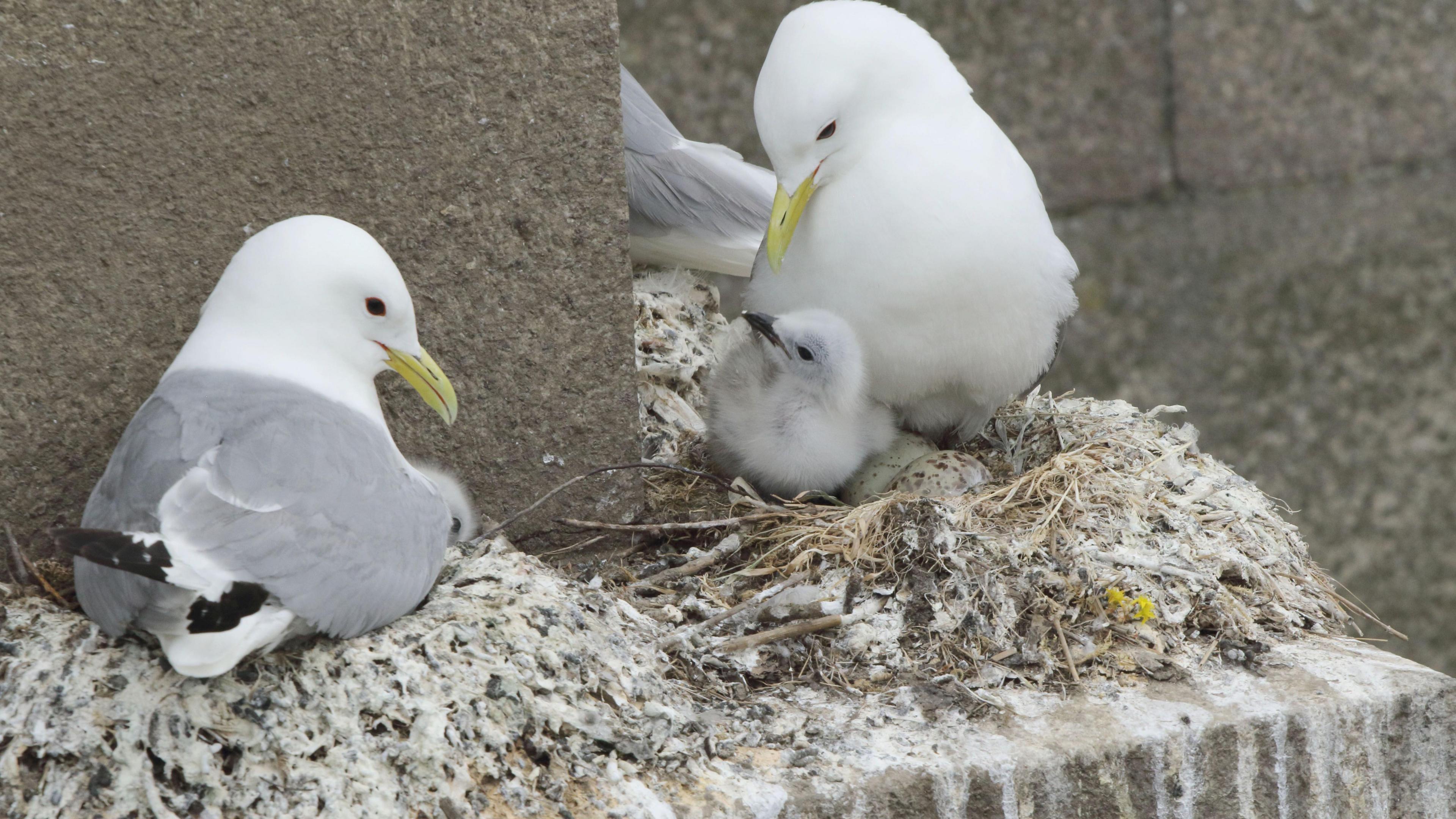
About 900 active kittiwake nests were found on the Tyne Bridge in 2022
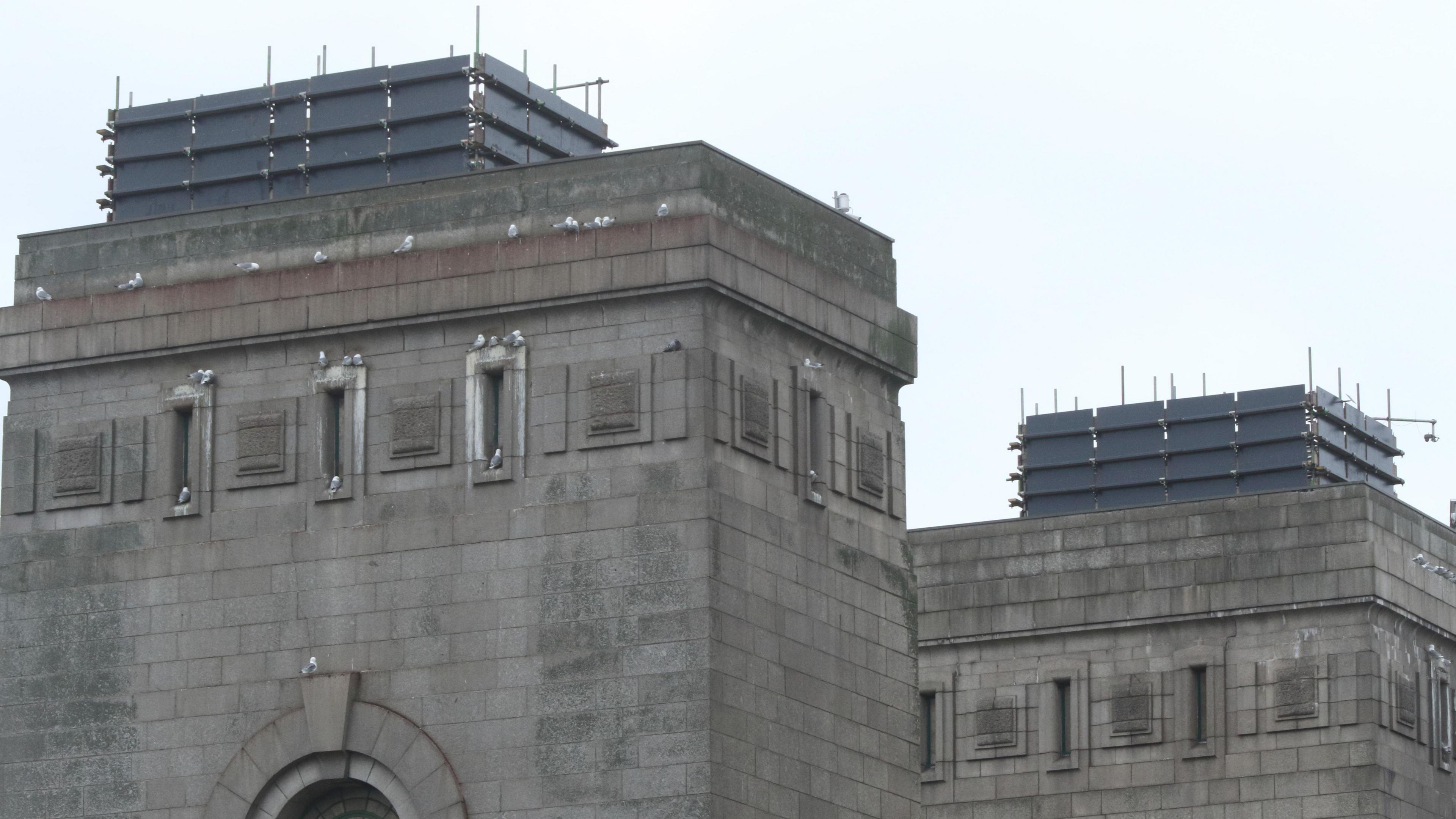
The so-called kittiwake hotels on the Gateshead side of the Tyne Bridge
What works are happening?
Newcastle City Council and contractors Esh have released the following breakdown of what works will take place during the four-year refurbishment:
Year One
Main structural repairs, drainage, kerbing and surfacing works to each side of the bridge. Repainting works to the underside of the bridge on the Gateshead Quayside.
After the departure of the Quayside’s colony of nesting kittiwakes in August, scaffolding will be erected on the Newcastle Quayside similar to that currently on the Gateshead side.
Year Two
Repairs and repainting on the main span of the bridge. Work from the underdeck of the bridge to its approaches on the Newcastle side will start once the kittiwakes depart in September 2025.
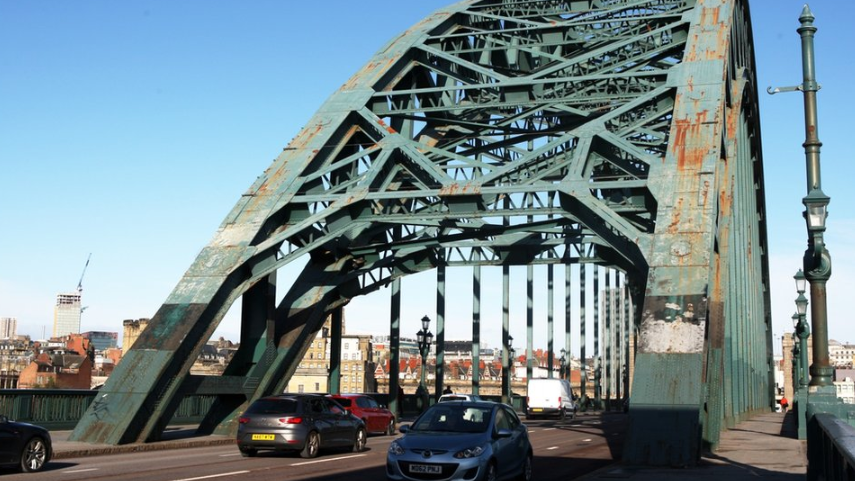
The bridge has not had any renovation work in more than two decades
Year Three
Work on the Newcastle approach to the bridge is scheduled to be completed by the end of 2026. Painting up to 6m high (19ft) and installation of a protection desk above the carriageway that will allow the bridge arch to be painted.
Year Four
Paining of the arch completed, scaffolding removed, and final road resurfacing to be carried out.
How much will the repairs cost?
The work is expected to cost in the region of £32m.
It is being funded by the government, as well as cash from Newcastle City Council and Gateshead Council, which are controlled by Labour.
Newcastle applied to the Department for Transport’s Major Road Network fund in 2019, with the bid fully approved in February 2024.
However, the intervening years saw a war of words between local council leaders and the government over when the bridge would be refurbished and who would pay for it.
What about the Great North Run?
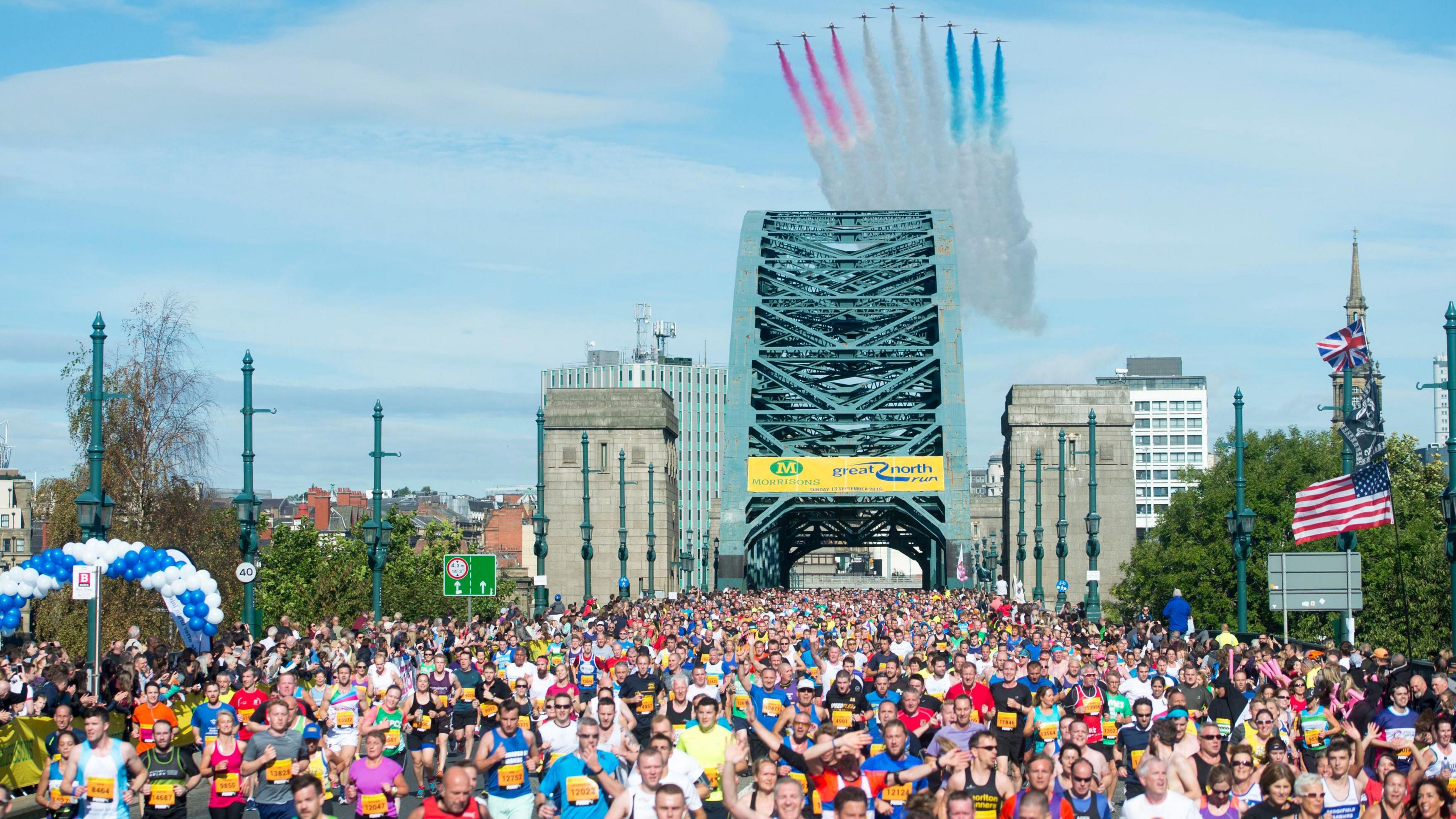
Over 60,000 people run over the Tyne Bridge as part of the Great North Run route
The councils said the bridge will still play a key role in the half marathon, which is held in September, and are working to ensure minimal impact on runners.
They said the works will be carefully phased to ensure there is enough capacity on the carriageway to accommodate those taking part.
Additional reporting by Daniel Holland, Local Democracy Reporting Service
Follow BBC North East on X (formerly Twitter), external, Facebook, external and Instagram, external. Send your story ideas to northeastandcumbria@bbc.co.uk
- Published21 March 2024

- Published11 March 2024
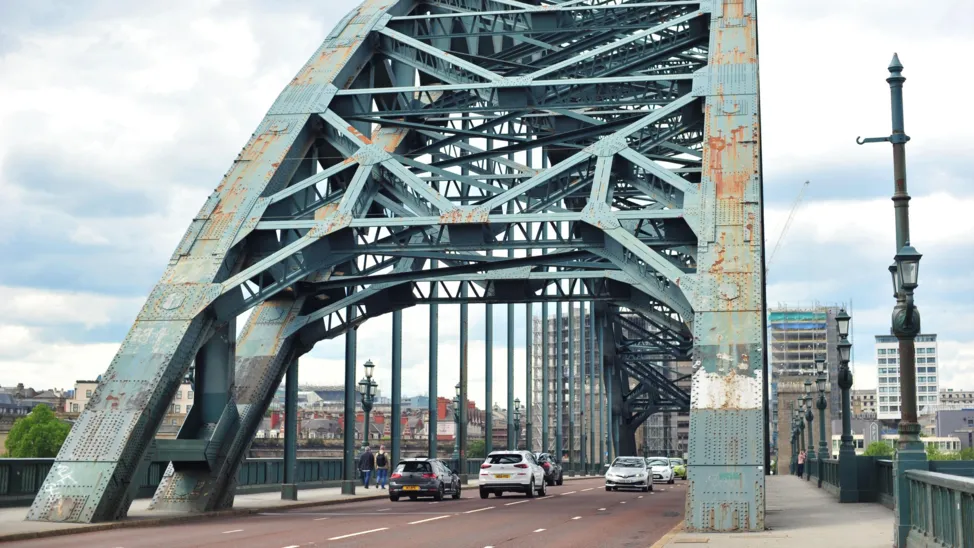
- Published16 December 2023

- Published23 June 2021

- Published2 February 2024
